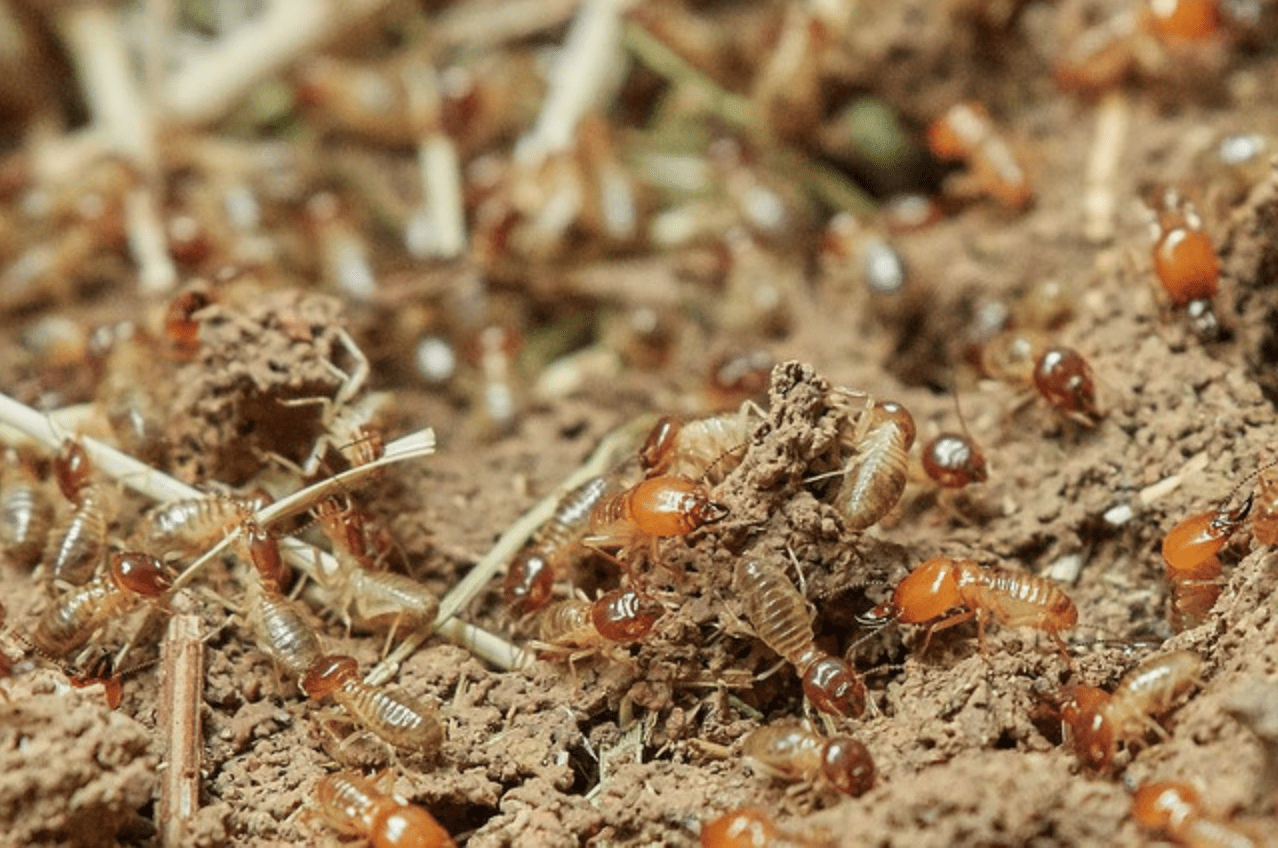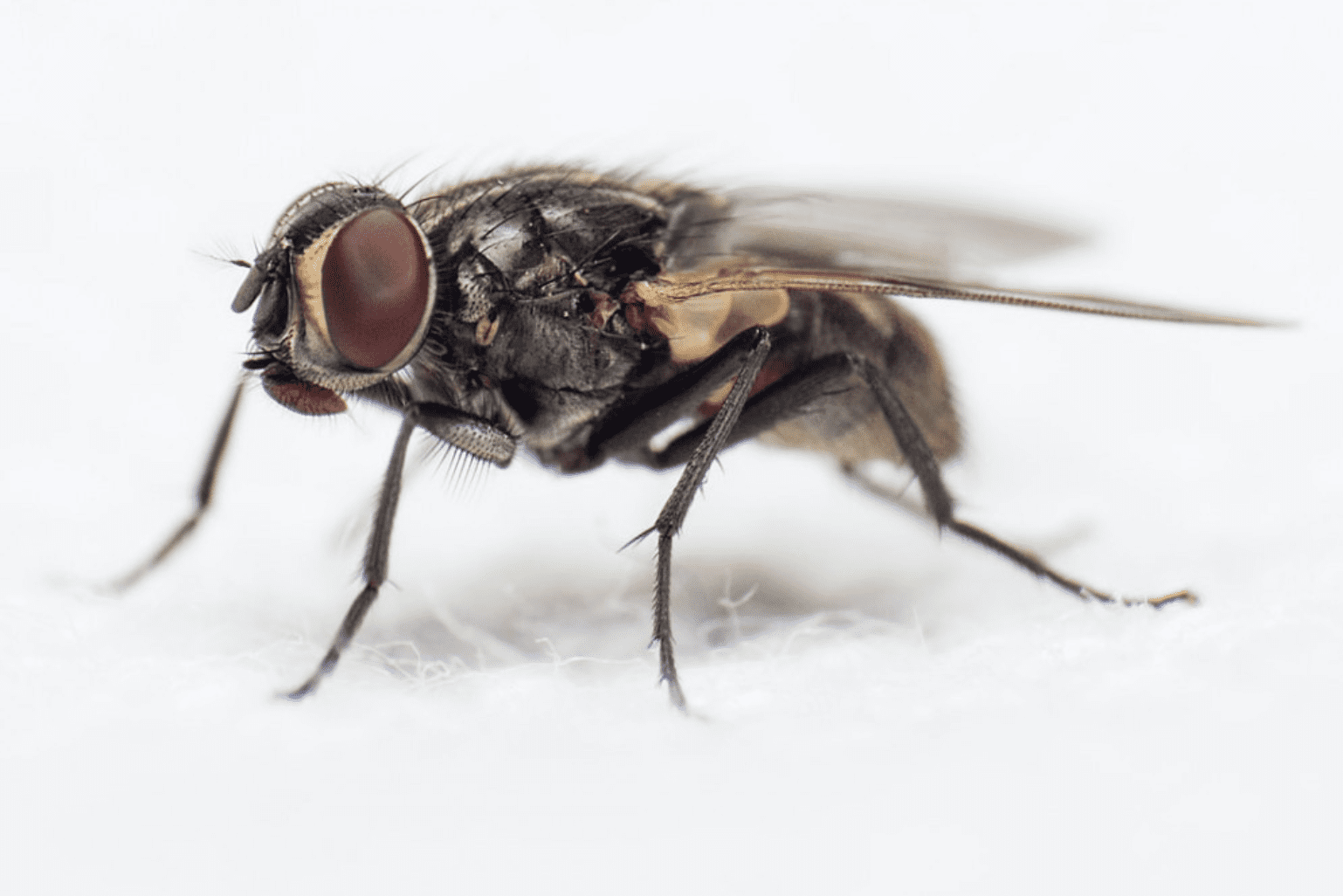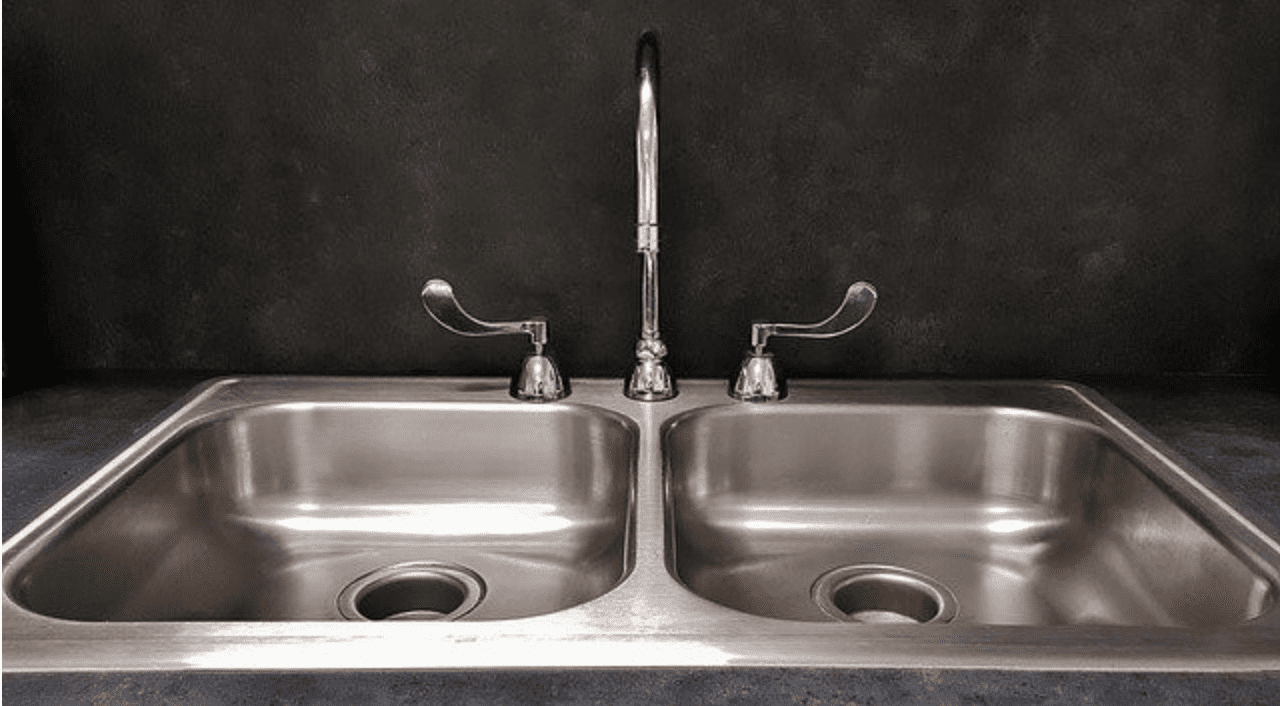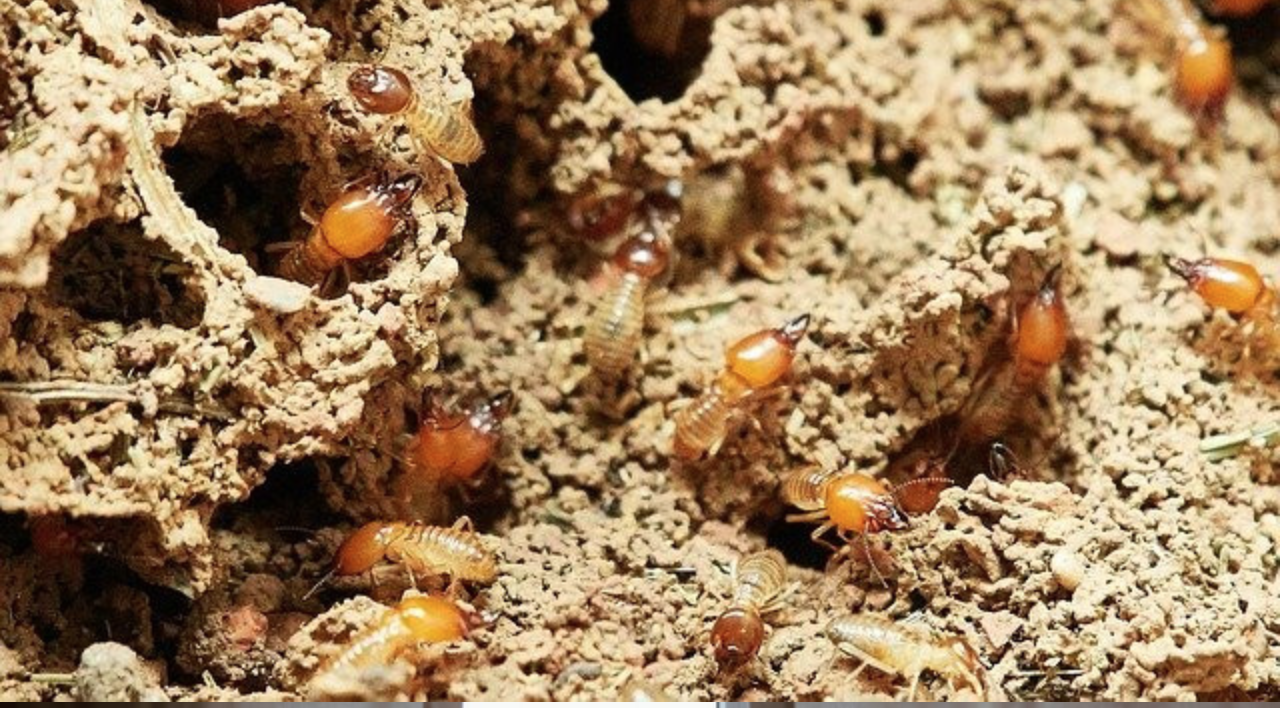Termites can cause significant damage to your property, and getting rid of them can be a long-lasting process. Different extermination solutions are available on the market, and one of the most popular ones are termite bait stations.
Termite bait stations are effective, but it can take a while for termites not to be a threat to your property. Bait stations are typically placed outside the perimeter of your house. Baiting is an excellent solution if the termites have not reached your house yet. Although slow, this treatment is highly effective in eliminating whole colonies, not just individual termites.
If you are having trouble with these dangerous creatures, think about bait stations. Fastest solutions are not always the best ones. If you live in the US, you are likely to have a house made out of wood and will need to watch out for these creatures.
Here you can find out everything you need to know about this extermination method.
What are Termite Bait Stations?
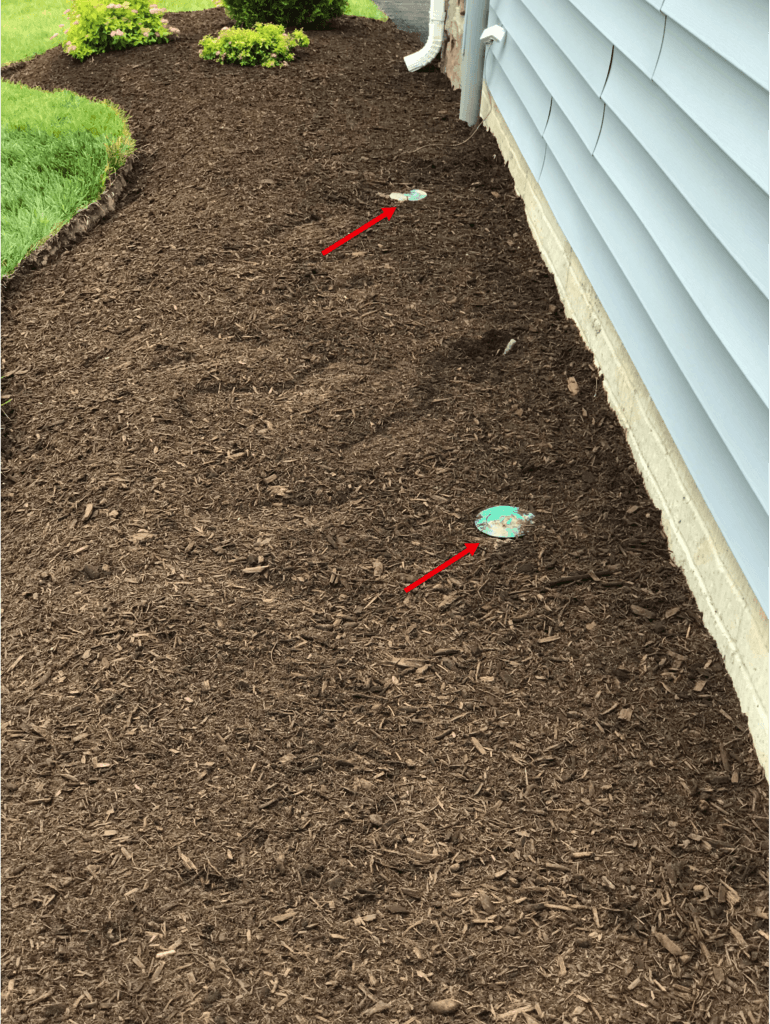
What are those green circles on the ground? I asked my builder as we were walking through our house in Lewes. Those are termite bait stations. You should not have problems with termites if you maintain the bait stations, he said.
I am familiar with liquid treatments, but this was the first time I had heard about termite bait stations. My builder said that they are becoming very popular for new constructions on the East Coast because they are very effective in the long run.
Bait stations are typically hollow plastic tubes with holes on the sides to allow termites to enter them. The bait is made out of a combination of small wood-like particles that attract termites. The bait stations also contain a slow-acting insecticide and are typically positioned around the perimeter of your home a few feet apart.
My new house came with a Sentricon (Trademark of Dow AgroSciences) termite colony elimination system. We have a total of 19 in-ground stations around my house.
The Sentricon® System: The Stand-alone Termite Solution
I wanted to know more about Sentricon since it is the system I have in my house. In this video from Sentricon, the company goes over the details of this system and argues that it is great whether you have a termite problem right now or want to prevent one from ever happening.
Time will tell, but I am excited about maintaining termites off my house.
How do Bait Stations Work?
Once they reach the bait station, individual termites will consume the slowly acting insecticide and take it into their colonies, where other colony members will also feed on it. With time, that will cause a significant population drop, and eventually the extinction of the colony.
Termites are smart insects. Using rapid deadly methods will kill a certain number of them, raising suspicion among colony members. They will then avoid all the places where they recently went. The colony will survive and multiply, and you will soon have the same problem as before.
How to Use Termite Bait Stations?
Termite bait stations are usually installed underneath the ground and around the property. Depending on the specific infestation problems of the property, you can install a bait station system designed to be positioned indoors or in the termite tunnels.
For bait stations around the property, they should be installed about two feet away from the structure. Visually, the top part is a plate-like piece of plastic that is flushed with the ground.
As termites are unable to smell the bait, they should be positioned somewhere across their paths. If you don’t know where those are, and in most cases, you don’t, place them around the house, about 10 feet apart.
Professionals often install bait stations, but you can choose to do it yourself and save money. Either way, they should be inspected regularly. Inspection periods may vary among different bait stations, and they can be monthly, quarterly, or even annually.
The technician who installed the Sentricon system in my house recommends to service it every six months. I will take his recommendation and add this to-do item to my house calendar.
As long as you follow service recommendations, baiting stations are long-lasting, and you don’t have to worry that they will expire before finishing their job.
How Much do Termite Bait Stations Cost?
According to homeguide.com, the cost of the initial installation of termite bait stations ranges from $1,200–$3,800. The average cost for termite treatment ranges from $330 to $815 for limited chemical treatments or bait stations.
For my house in Lewes, Delaware, the Sentricon termite colony elimination system’s installation cost was $595, and the cost of treatments is $350 annually. My builder may have received a better price for the initial installation since he was installing it in several houses.

Pros and Cons of Bait Stations
Termite bait stations have many advantages, and some of them are the following:
- They are safe for children and common pets, as they can not reach them
- Easy to use
- Long-lasting
- Effective, especially in combination with other extermination solutions
- They will not impact your lawn or any place where they are installed
- Suitable for all kinds of structures, even the ones that can not be treated using other available methods
However, there are some disadvantages too:
- It takes weeks, or even months for baits to become effective
- Although you can use them yourself, it is advisable to hire a professional who will assess the situation and make the best decision
- It typically costs more than other methods
One more disadvantage that also applies to most termite extermination solutions is regular monitoring. You can’t just leave the stations and hope for the best. You must inspect them, move them, or do whatever it takes for them to be effective. That is the reason why it is best to hire a professional.
Final Thoughts
Termite bait stations are excellent as a prevention method. But are not an adequate immediate solution for an infestation problem. If your house already has a severe termite problem, you may need a more robust solution, and you should hire a professional to take care of it.
Related Posts:
